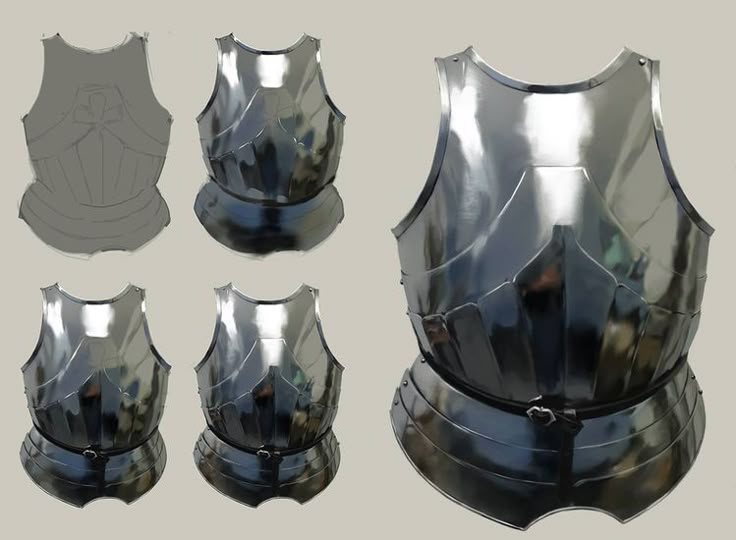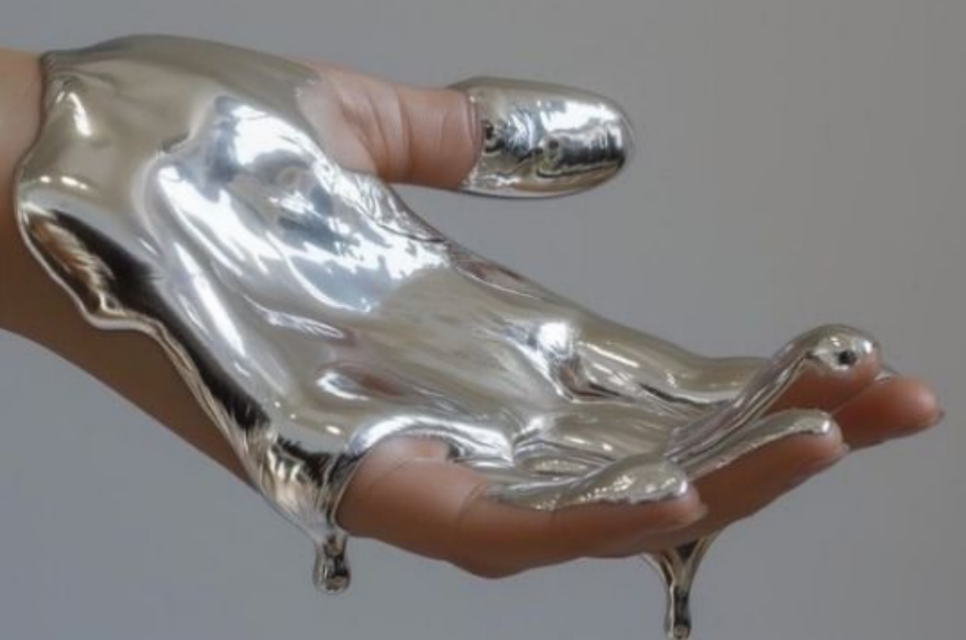Liquid armor: science fiction is coming into reality
You may have seen such a scene in the movie: the hero wears a seemingly ordinary black tights, and when it is impacted, the clothes instantly become as hard as a steel plate, resisting the attack of bullets or blades. It sounds like a superhero's exclusive equipment, but this magical material-"liquid armor" has already left the laboratory and is quietly changing our world. It is not science fiction, but a wonderful substance called "shear thickening fluid".

What is "liquid armor"?
Imagine that you stir a bowl of corn starch and water with a spoon. When you stir slowly, it is a viscous liquid; But when you try to hit it quickly, you will find that it becomes as hard as a solid in an instant and can even resist the impact of a fist. This is the phenomenon of "shear thickening".
The core of "liquid armor" is to use this principle. It is a non-Newtonian fluid, which consists of tiny particles suspended in a liquid. When stationary or moving slowly, these particles float freely in the liquid, and the material remains soft and flexible. However, when subjected to high-speed and strong external stress, such as bullets or high-speed impact, the particles are instantly squeezed together to form a compact, solid-like network structure, thus quickly dispersing energy to the entire material surface.
From laboratory to practical application
Scientists use this principle to embed a material called "shear thickening liquid" into Kevlar fiber or nylon fabric. Kevlar fiber itself can provide excellent bulletproof performance, but it lacks flexibility and makes it inconvenient for the wearer to move. When Kevlar was combined with liquid armor, the effect took a qualitative leap. At rest, this composite material is soft and flexible, and the wearer can easily bend over, run and even do complex tactical actions. However, once it is shot or impacted at high speed, the liquid instantly solidifies, which disperses the kinetic energy of the bullet and greatly reduces the penetration.

This technology can be used not only in the military field, but also in a wide range of potential applications. For example, future spacesuits can use this technology to give astronauts stronger protection in the universe while maintaining flexibility in action. In the field of first aid, medical staff can use bandages or splints containing liquid armor to quickly fix fractures and prevent secondary injuries without exerting extra pressure on the injured parts. In the field of sports, the protective gear for skiing, rugby and other sports can also be made of this material, so that athletes can get stronger protection without affecting their movement fluency.
Challenges and future prospects
Although liquid armor has great potential, its popularization still faces some challenges. The first is the cost. At present, the production cost of this special fluid is still high, which limits its large-scale application. Secondly, it is the performance stability at extreme temperatures. In high or low temperature environment, the viscosity of fluid may change, affecting its shear thickening effect. Finally, it is the durability and long-term storage of materials.

However, these technical obstacles are being overcome by scientists one by one. Researchers are developing more economical, stable and durable shear thickening fluids and exploring ways to combine them with new flexible materials. It can be predicted that in the near future, liquid armor will no longer be a patent in science fiction films, but will come into our lives and protect us in various forms, whether as tactical equipment for soldiers or as daily protection for ordinary people. On that day, we may find that the hardest armor is actually mobile.
(Writer:Dirick)





